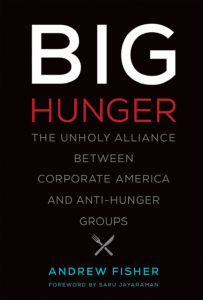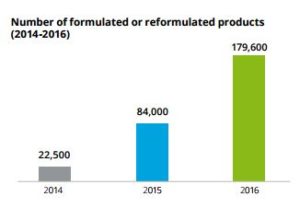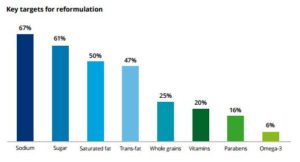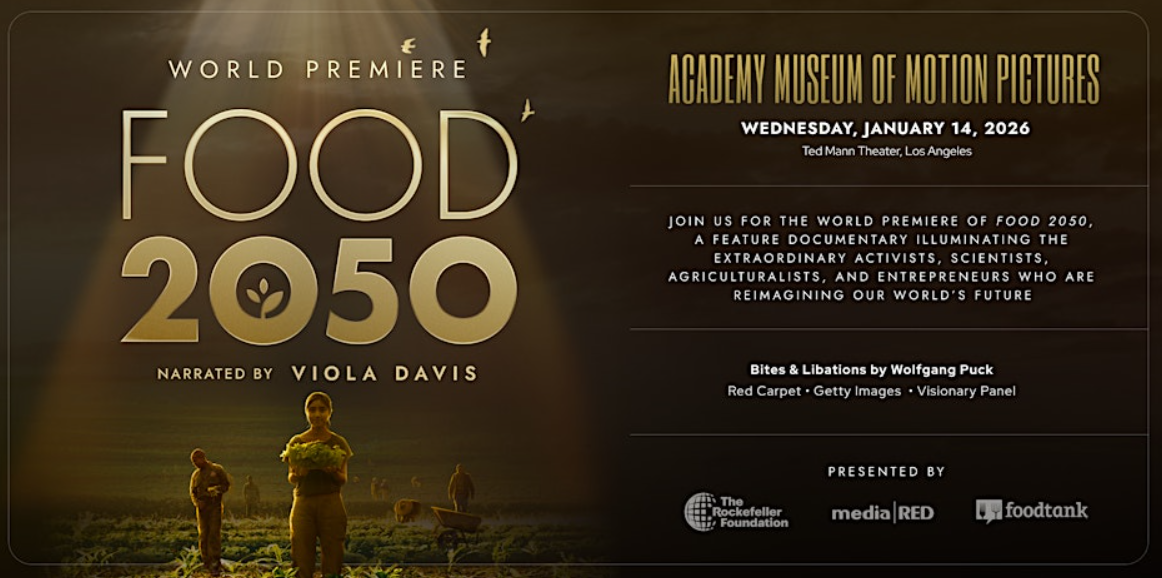In response to my commentary in JAMA Internal Medicine late last year, “Food Industry Funding of Nutrition Research: The Relevance of History for Current Debates, the journal published an objecting letter from Morton Satin titled “Incorrect Impressions Concerning Industry-Sponsored Research.”
Mr. Satin works for The Salt Institute, which promotes the idea that “everything’s better with a little salt.”
Here’s my reply to his letter:
In Reply Mr Satin raises several points in response to my recent Invited Commentary1 about how food companies fund research for marketing purposes: (1) I give the impression that all industry-funded research is inherently tainted; (2) I ignore the industry’s triumph in fortifying foods with nutrients; (3) I fail to mention intellectual conflicts of interest; and (4) I should consider such issues before stereotyping.
First, my commentary was about research sponsored by food companies specifically to demonstrate the health benefits or lack of harm of a product, or to cast doubt on evidence to the contrary. It referred to a particularly egregious example—the sugar industry’s attempt to manipulate research results.2 Although some industry-funded research does produce results contrary to the sponsor’s interests, such instances are rare.3 Most ends up useful in some way to the sponsors’ commercial objectives; it is marketing research, not basic science.
The point by Mr Satin about nutrient fortification has merit, but most of the basic research on nutrients used in fortification was conducted by independent scientists. Mr Satin’s own Salt Institute credits independent scientists for promoting iodization and convincing the industry to cooperate with public health authorities to iodize salt.4Pasteurization kills pathogens; iodide and fluoride address geographical deficiencies; and niacin, folic acid, and fiber replace amounts removed from foods by processing in the first place. Once public health authorities recognized the need, they demanded milk pasteurization or the addition of nutrients to flour. When dental researchers discovered that fluoride prevents cavities, Procter & Gamble recognized its marketing potential and funded research on fluoridated toothpaste.5
All scientists have intellectual biases—that is how science gets done and why science works best when researchers with different views of science repeat each other’s experiments. But the goals of scientists pursuing intellectual hypotheses differ markedly from those of companies seeking to sell food products.
Questioning food industry funding raises sensitive issues, not least because its influence on researchers occurs unconsciously, is usually unintentional, and is difficult for recipients to recognize.6 Food companies are not public health agencies and should not be expected to be; their first priority is to provide profits to owners and shareholders. Funding research helps with that effort. My purpose in writing the Invited Commentary was to bring the contradictions of food industry research funding to the attention of readers.
Conflict of Interest Disclosures: Dr Nestle’s salary from New York University supports her research, manuscript preparation, and website at https://foodpolitics.com. She also earns royalties from books and honoraria and travel from lectures about matters relevant to the initial Invited Commentary and this Letter in Reply.
References
1. Nestle M. Food industry funding of nutrition research: the relevance of history for current debates. JAMA Intern Med 2016;176(11):1685-1686. PubMedArticle
2. Kearns CE, Schmidt LA, Glantz SA. Sugar industry and coronary heart disease research: a historical analysis of internal industry documents. JAMA Intern Med. 2016;176(11):1680-1685.PubMedArticle
3. Lesser LI, Ebbeling CB, Goozner M, Wypij D, Ludwig DS. Relationship between funding source and conclusion among nutrition-related scientific articles. PLoS Med. 2007;4(1):e5. doi:10.1371/journal.pmed.0040005PubMedArticle
4. The Salt Institute. Iodized salt. http://www.saltinstitute.org/news-articles/iodized-salt/. Published July 13, 2013. Accessed January 17, 2017.
5. Ksander Y. The invention of fluoride toothpaste. Indiana Public Media. http://indianapublicmedia.org/momentofindianahistory/the-invention-of-flouride-toothpaste/. Published July 10, 2006. Accessed January 17, 2017.
6. Lo B, Field MJ. Conflict of Interest in Medical Research, Education, and Practice. Washington, DC: National Academies Press; 2009.





